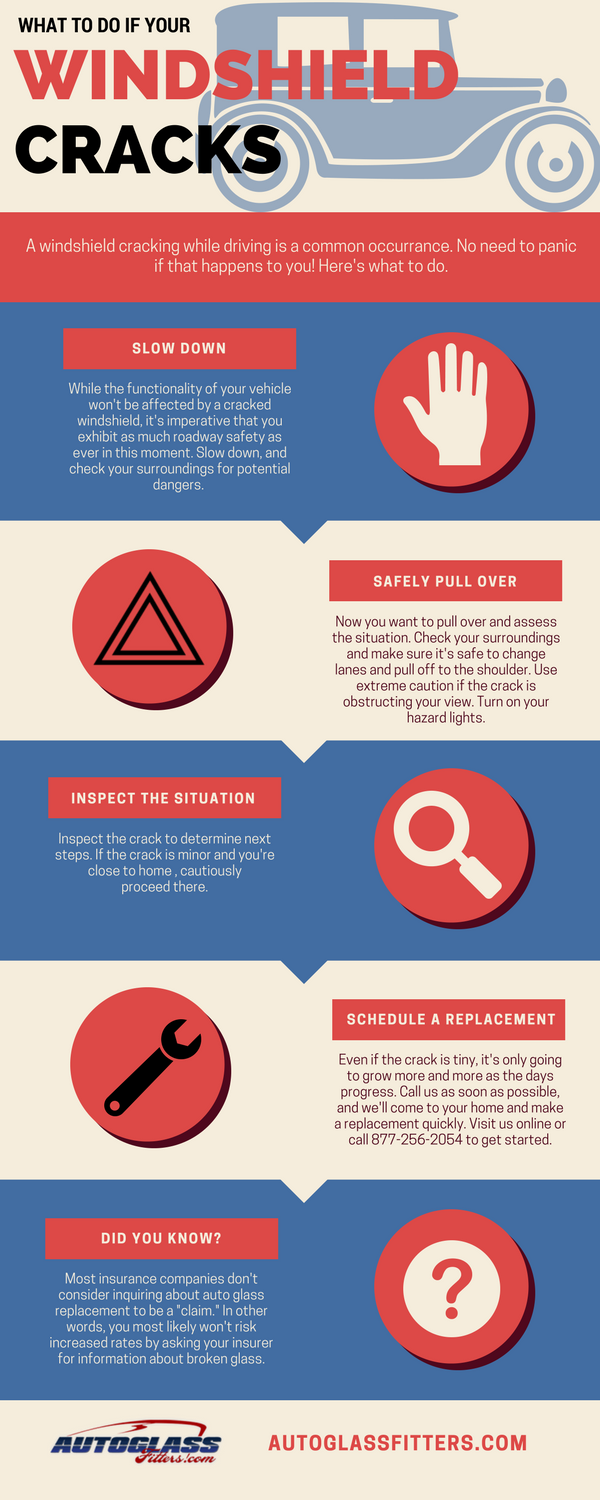One Of The Most Efficient Stress Washing Approaches For Different Surfaces
One Of The Most Efficient Stress Washing Approaches For Different Surfaces
Blog Article
Web Content Author-Sahl Keating
When it concerns pressure washing, the technique you choose can make all the difference in achieving a tidy, streak-free finish. You might find that difficult surface areas, like concrete, need a different technique than softer materials, such as timber or plastic. It's vital to adapt your methods to the surface area type to stop damage while taking full advantage of cleansing effectiveness. So, what are the very best techniques for every surface, and exactly how can you ensure you're making use of the appropriate setups and devices for the job? Let's discover what you require to understand to get the most effective outcomes.
Difficult Surfaces
When it pertains to press washing hard surface areas, preparation is crucial. Prior to you even consider pulling out the stress washing machine, take the time to clear the area of any kind of particles, furnishings, or obstacles. You don't desire anything getting in your method or possibly destructive your devices.
Next off, inspect the surface area for any kind of fractures or damages; this will certainly aid you figure out the ideal approach and stress setups.
Once you have actually prepared the area, it's important to pick the right nozzle. For difficult surface areas like concrete or brick, a narrow nozzle (15 or 25 degrees) works best to give a concentrated stream of water that can properly get rid of grime and discolorations. Constantly start at a distance and slowly relocate better to stay clear of any surface area damages.
As you start washing, maintain the wand transferring to avoid touches and over-saturation. It's likewise valuable to function from the top down, allowing dirt and debris to wash away normally.
Finally, remember to wash the surface area extensively after cleansing to eliminate any type of leftover cleaning agent. With home window cleaning service , you'll accomplish a clean and renewed appearance on all your hard surface areas.
Soft Surfaces
Pressure washing soft surfaces calls for a gentler approach to shield them from damage. Whether you're cleaning your deck, patio area furniture, or siding, making use of way too much stress can lead to damages, scrapes, or even irreversible harm.
Begin by choosing https://www.homesandgardens.com/advice/how-to-remove-coffee-stains -pressure nozzle, ideally a 25-degree or wider spray pattern, to disperse the water much more gently.
Before you begin, it's important to pre-treat any type of spots with an ideal cleaning solution. This step permits the cleaner to pass through the dust and gunk, making it easier to wash away without scrubbing too hard.
Constantly use the option from all-time low approximately prevent streaking.
When you start stress cleaning, preserve a range of at least 12 to 18 inches from the surface area. Relocate your wand in a sweeping activity, keeping it alongside the surface area to prevent focused pressure on one spot.
Wash the area extensively after cleaning up to remove any type of residual cleanser.
Finally, check the surface area for any type of missed areas and repeat the process if necessary. By adhering to these actions, you can effectively tidy soft surface areas while preserving their honesty and appearance.
Specialty Surfaces
Cleaning soft surfaces needs treatment, yet specialized surface areas require even more interest to information. When you tackle these surfaces, like delicate timber, discolored concrete, or particular types of exterior siding, using the ideal pressure washing strategies is vital to prevent damage.
Initially, assess the material. For example, treated timber can frequently endure modest pressure, yet softer timbers like cedar may need a lower setup. Always start with the most affordable stress and gradually raise if needed.
For discolored concrete, make use of a fan spray nozzle and keep a constant range to avoid etching the surface.
When taking care of surfaces like vinyl exterior siding or painted surfaces, a wide spray pattern assists distribute the pressure equally, protecting the coating.
It's likewise a good idea to use detergents especially designed for specialty surfaces. They can boost cleansing without endangering the material.
Wash extensively after cleaning to get rid of any residue, as it can lead to staining or damage in time.
Verdict
In conclusion, grasping pressure cleaning strategies for different surface areas can make all the difference in your cleansing results. For difficult surfaces, stick to narrow nozzles and a top-to-bottom approach, while soft surface areas require a gentler touch with larger nozzles. Don't neglect to pre-treat stains and rinse thoroughly to avoid deposit. By adjusting your methods per material, you'll not just attain a cleaner finish yet likewise protect the stability of your surface areas. Happy cleaning!
